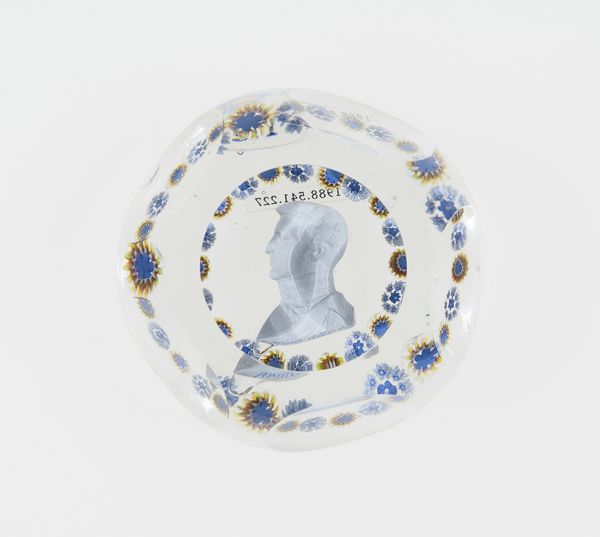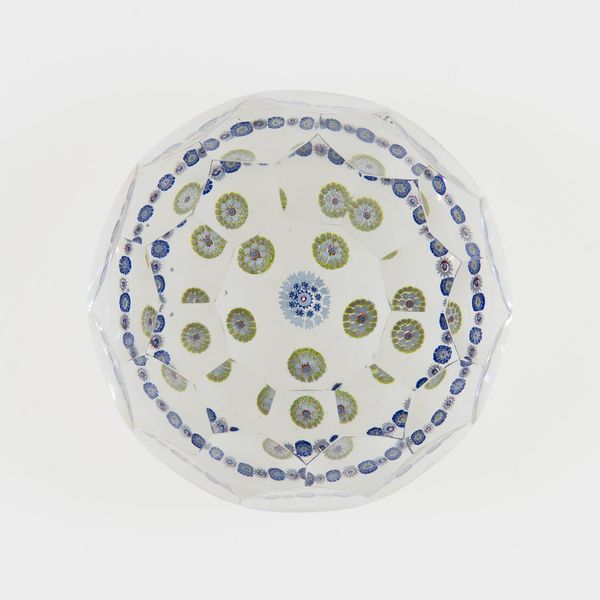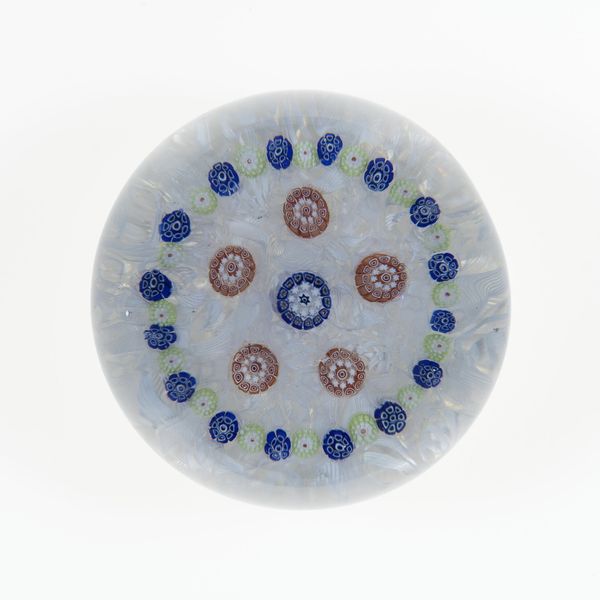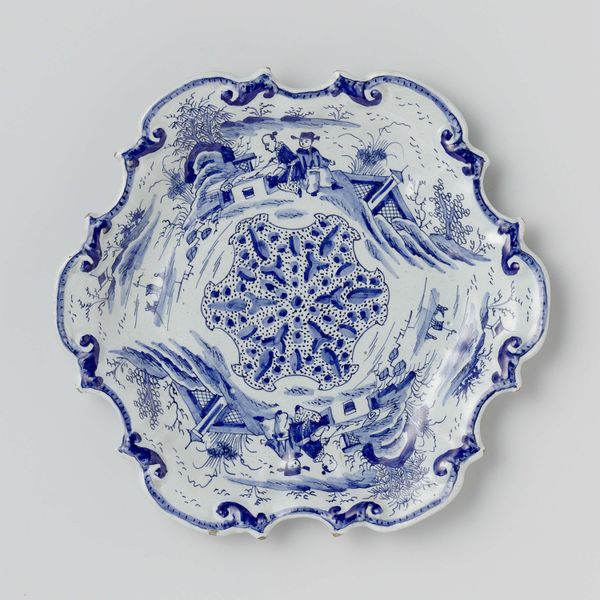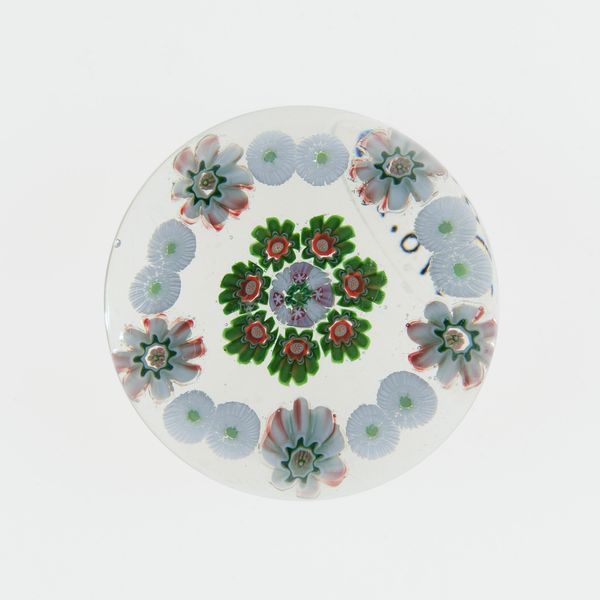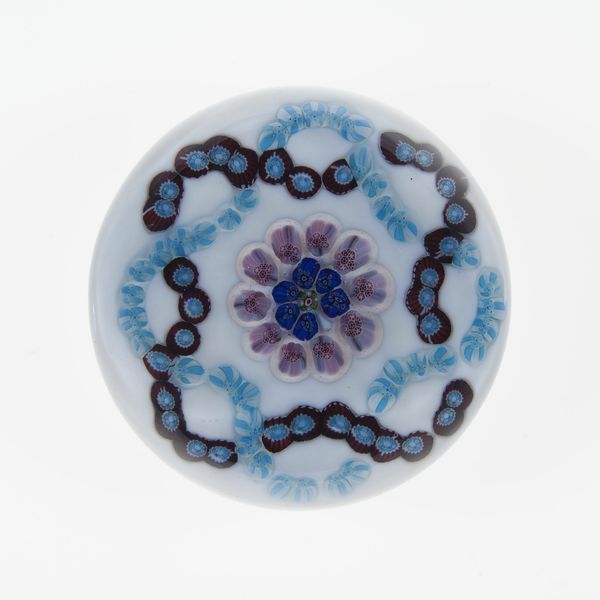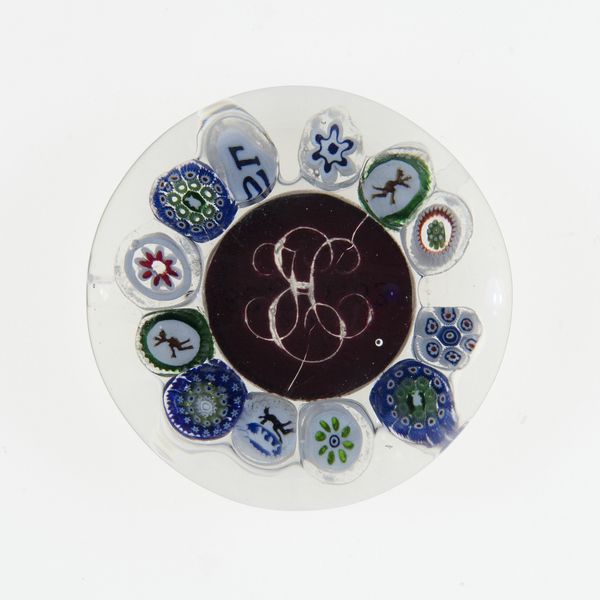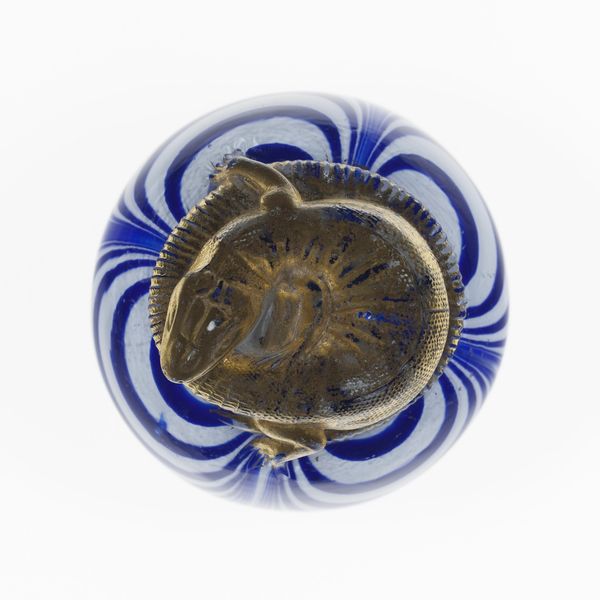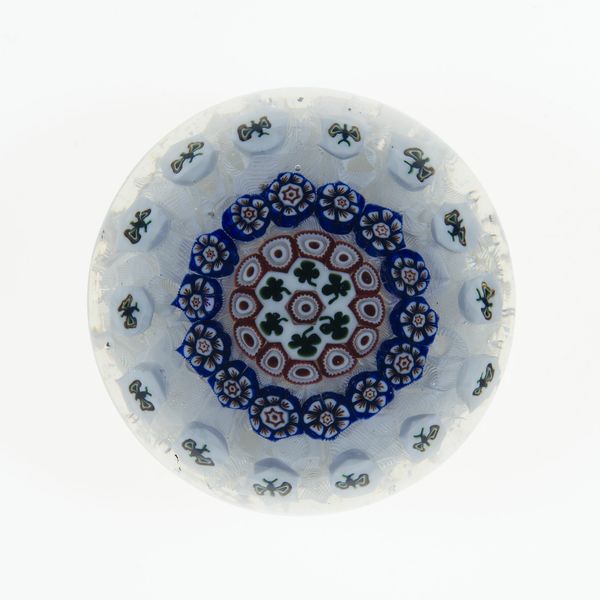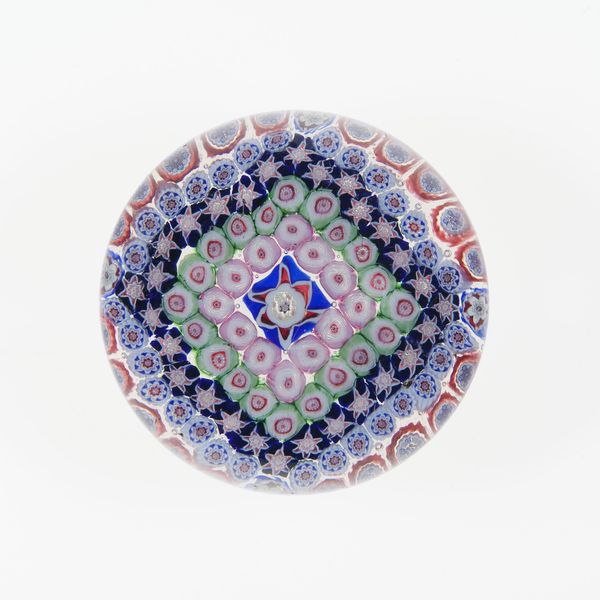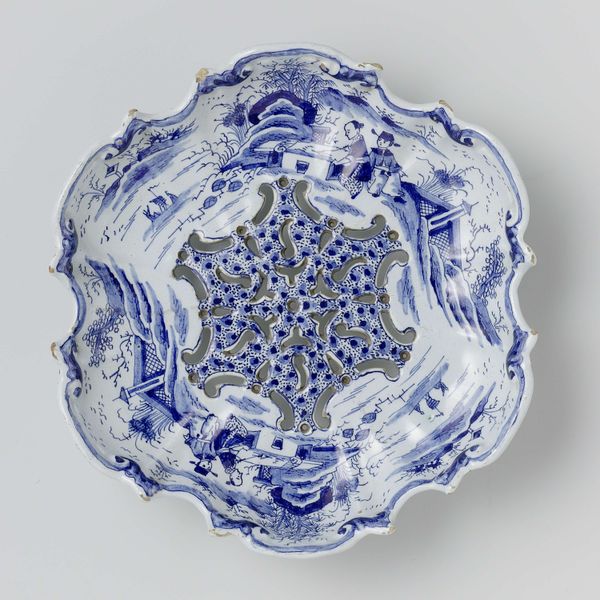
relief, paper, glass, sculpture
#
neoclassicism
#
relief
#
figuration
#
paper
#
glass
#
sculpture
#
decorative-art
#
miniature
Dimensions: Diam. 4.3 cm (1 11/16 in.)
Copyright: Public Domain
Curator: This paperweight, likely crafted by the Compagnie de Saint Louis around the mid-19th century, features a neoclassical relief embedded within glass and paper. Editor: My immediate sense is one of cool serenity; the pale figure enclosed in glass has such a distancing effect. Curator: I’m struck by the choices of figuration. The central figures recall classical statuary, which were, of course, originally painted, challenging our notion of a cold, white classicism and invoking the complexities of cultural heritage and appropriation. Editor: It's the floral border that captures my attention. Notice the delicate millefiori—each tiny bloom feels like a captured memory. In their colors, I read a hopeful sign for our times, evoking resilience amid what is clearly meant to be a symbol of enduring authority. Curator: The form factor complicates such readings though. This isn't high art destined for museum display. It’s a paperweight, an object for the desk, implying the imposition of bureaucratic order and a claim over the spaces of the everyday through classically coded visual strategies. Editor: I still think the domestic space offers a fascinating counterpoint. To hold such weight in your hand—does it imply control, or something more devotional? Is it talismanic, warding off the anxieties of an industrializing world? Curator: A valid point. The miniature size contrasts the grandiose figures portrayed, prompting questions about accessibility and perhaps the democratizing effects of neoclassical imagery on functional decor, especially during an era of burgeoning empires. Editor: I see your argument, but ultimately it seems more like the attempt to impose traditional power and privilege on ever more spaces through design and symbols that carry cultural memory—even if now largely aestheticized for the present. Curator: In thinking of what has been exchanged here, this small piece reveals the tensions in nineteenth-century culture in Europe so well; a time still grappling with past traditions and industrial change. Editor: Yes, whether as a display of mastery, of faith, or indeed of dominance, I think what’s unique here is the contrast of the fragility and weight that somehow work to open discussions about those ever-present dynamics.
Comments
No comments
Be the first to comment and join the conversation on the ultimate creative platform.
